
 BWTC ... nearing completion.
BWTC ... nearing completion.
Around 95 per cent of the cladding works has been finished on the iconic twin towers of the Bahrain World Trade Center (BWTC), which recently marked a significant milestone with the completion of the internal building work on all its 50 floors.
In addition, around 65 per cent of the façade of the dhow-shaped podium has been completed. The sculpted three-storey podium – accommodating a shopping mall and car parking – further enhances the nautical flavour of the overall BWTC development.
Al Abbar Group from Dubai has supplied and installed most of the cladding on the highly-distinctive sail-shaped office towers project. A highlight of the project is that a variety of glass panels – an impressive total of around 21,300 cladding elements – has been used on both the towers. These consist of customised, diamond-shaped unitised glass panels comprising blue triangular glass, standard unitised panels in green glass that cover the sides of the towers and hook-on glass, the rectangular glass panels making up the reflective bands around the offices. The tinted/reflective double glazing units – generally 8 mm thick, in various colours and types – are used to limit the solar energy transfer into air-conditioned spaces.
Situated on the main King Faisal Highway along the Manama waterfront and in the heart of the region’s leading financial and business hub, the BWTC project comprises the two twin office towers, the five-star Sheraton Hotel as well as Moda Mall, Bahrain’s only ultra high-end shopping destination, featuring some 160 luxury retail outlets as well as a host of modern cafes and exciting fine dining eateries.
Atkins, the architect, created an illusion whereby each tower is visually anchored to the ground by a concertina of curved, sail-like forms, which progressively peel back to reveal a dramatic shape resembling a shard of blue glass.
The shape of the towers themselves – triangular and vertically tapered – has presented a number of design challenges. There are no typical floors because the dimensions keep changing as you go up. All the lines on the building are curved with concave and convex angles.
In addition, the project incorporates three giant wind turbines suspended between the twin towers to harness the strong onshore breeze, which also posed a challenge for the Al Abbar design team who had to assess the effect on the twin tower curtain-walling and devise appropriate solutions.
Also to be factored in was the wind load on the high towers, which on this project was further compounded by the wind impact created by the turbines.
“Every time the blades rotate close to the curtain-wall, you have an impact phase followed by suction, which in turn creates constant negative and positive pressure. There were also issues of acoustics to be addressed. So in close proximity to the turbines, stronger profiles – in addition to extra-thick glass and special bonding – were required to accommodate the wind load,” says a spokesman for Al Abbar.
Finishes
Each of the finished floors of the towers features elegant marble finishings, high-speed elevators and elegant glass windows framing spectacular views of the Arabian Gulf.
Each floor will now be handed over to tenants who will take advantage of the kingdom's first intelligent offices employing the latest Smart systems capable of delivering unsurpassed security and maximum efficiency in office management, according to a spokesman for the BWTC.
“The completion of the floors is a milestone for both the project, which is scheduled to open at the beginning of 2008, and for the people who have worked on its construction,” he says.
Bahraini Hassan Mohammed Hakeem Hassan (site engineer for Atkins) has worked on the sustainable building since its groundbreaking in 2004, when he started out as an inspector and worked his way up to become site engineer.
“The handover of the floors to the tenants is a moment we are all looking forward to,” says Hassan.
The BWTC provides leading regional and international organisations with a world-class business address. The buildings are highly advanced in design and are the first of their kind in the world, using wind energy to provide 11 to 15 per cent of the electricity needs of the office towers.


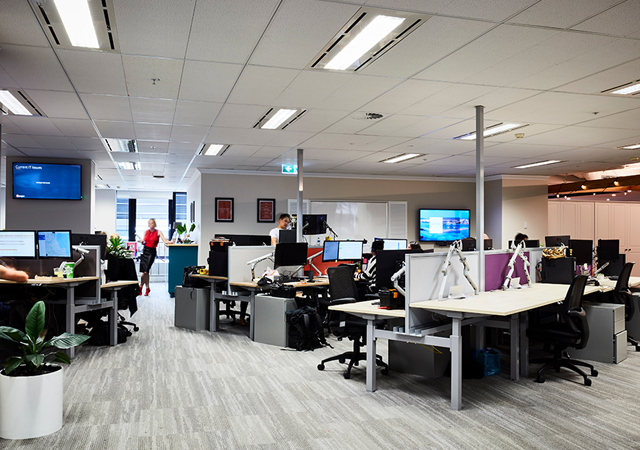
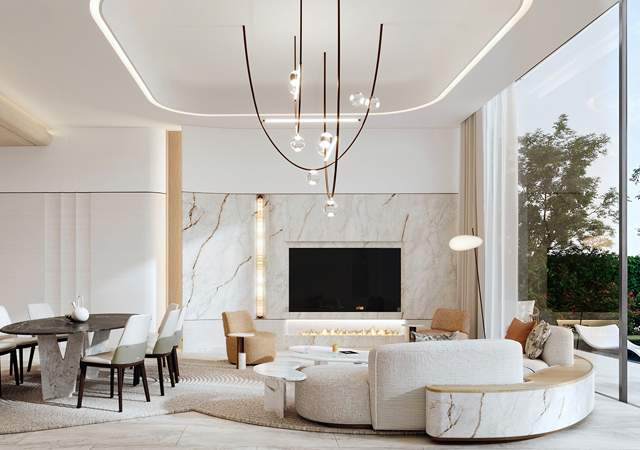
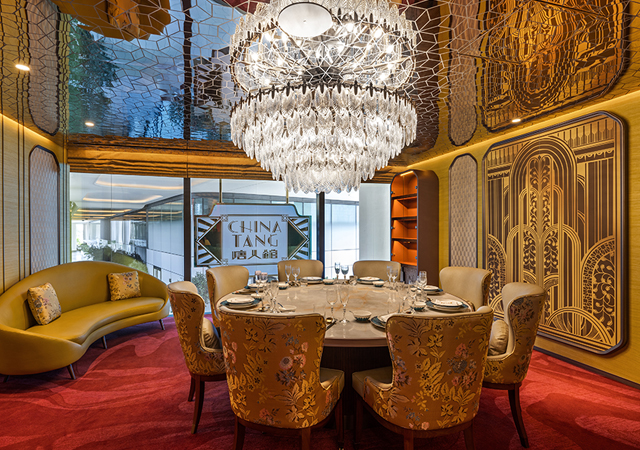
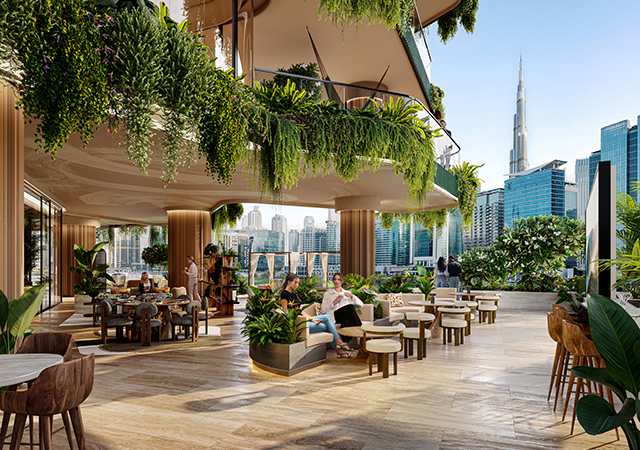
.jpg)
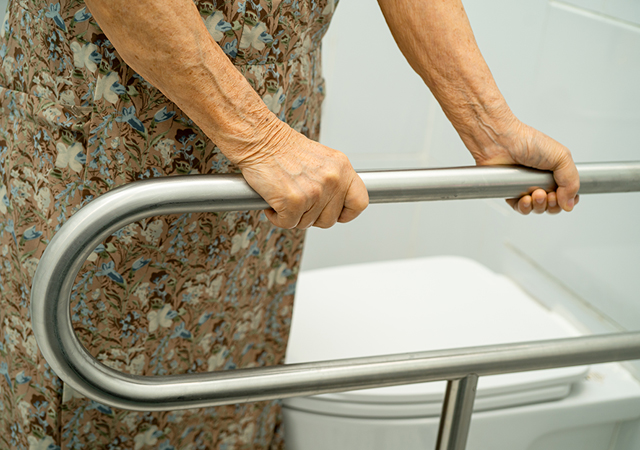
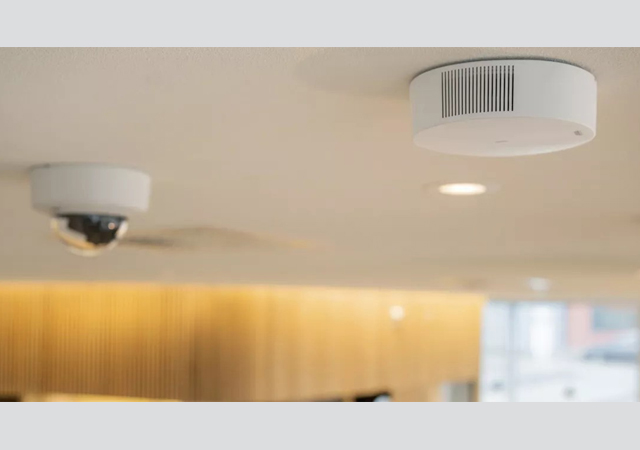


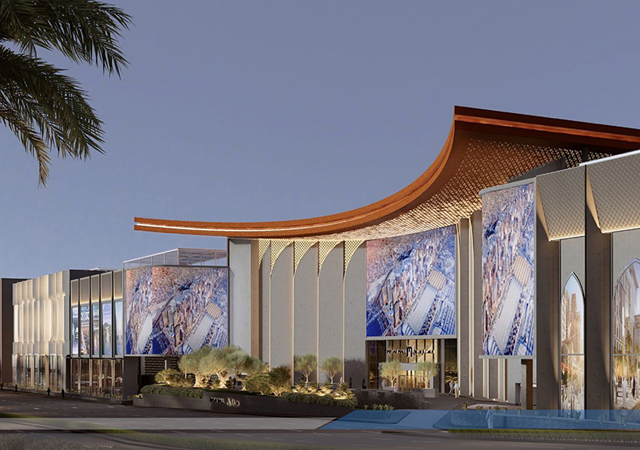
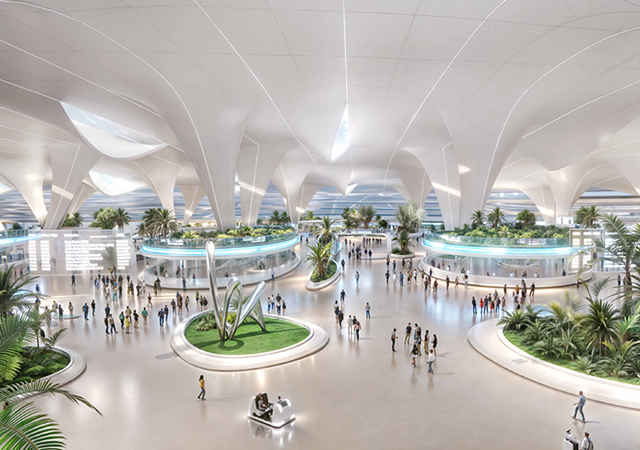
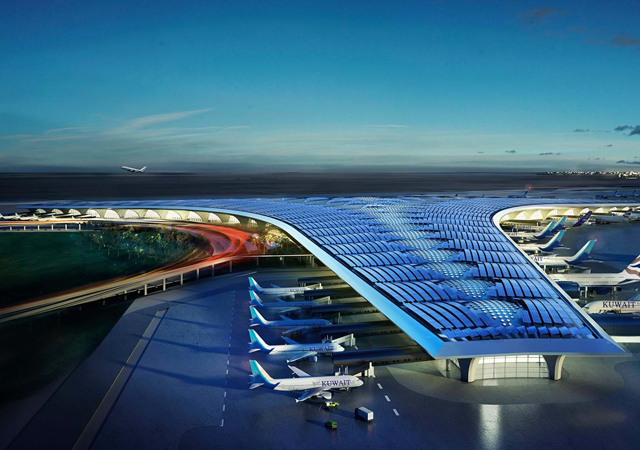
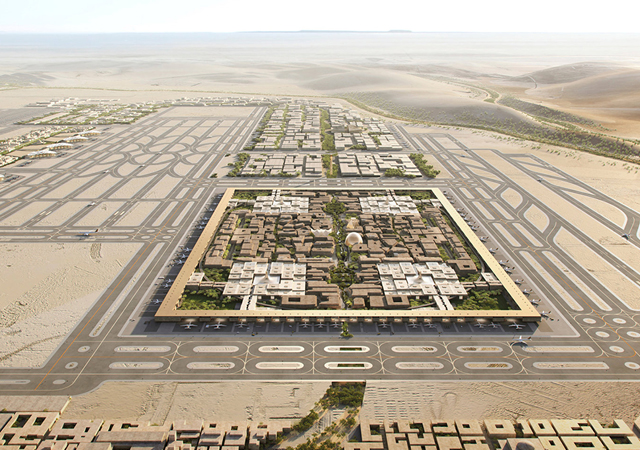
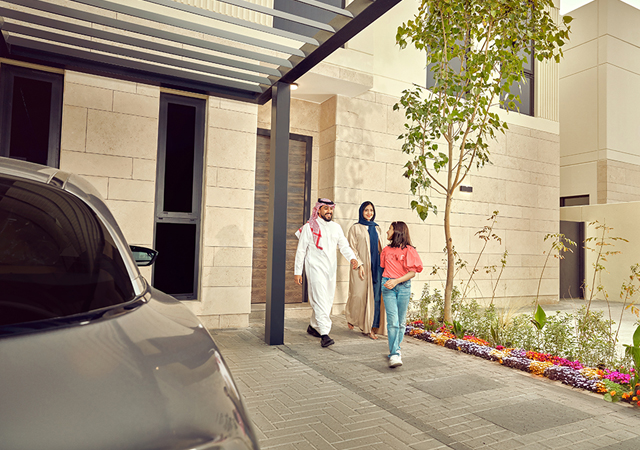
.jpg)
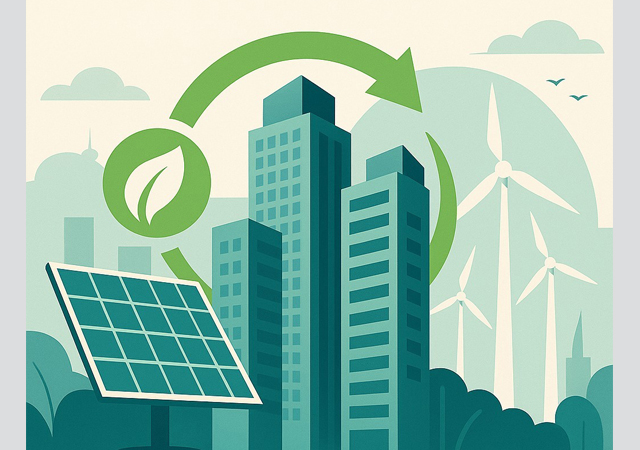
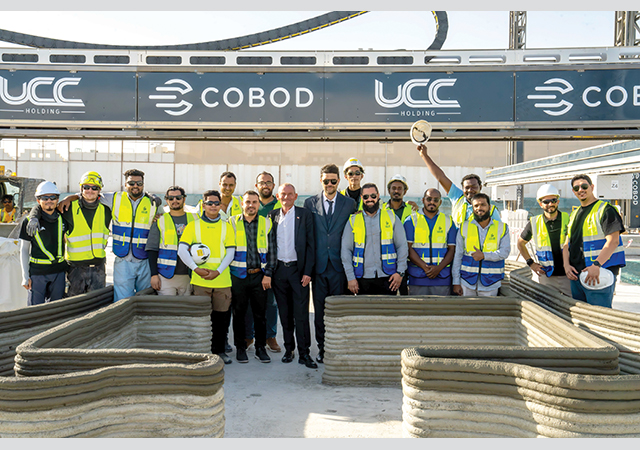
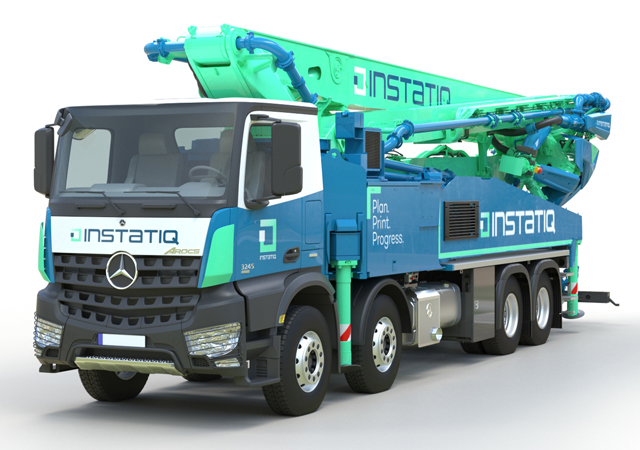
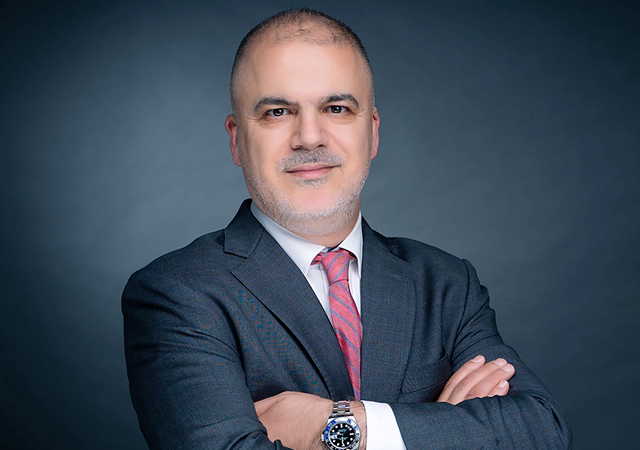
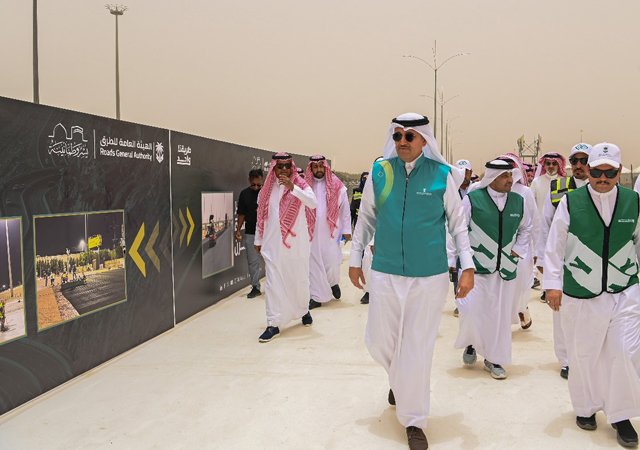
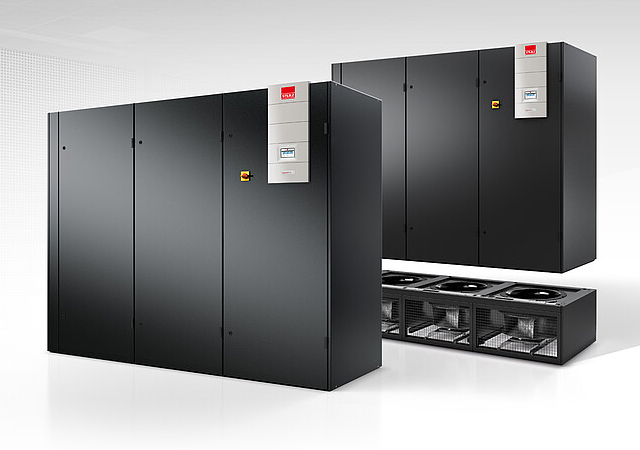
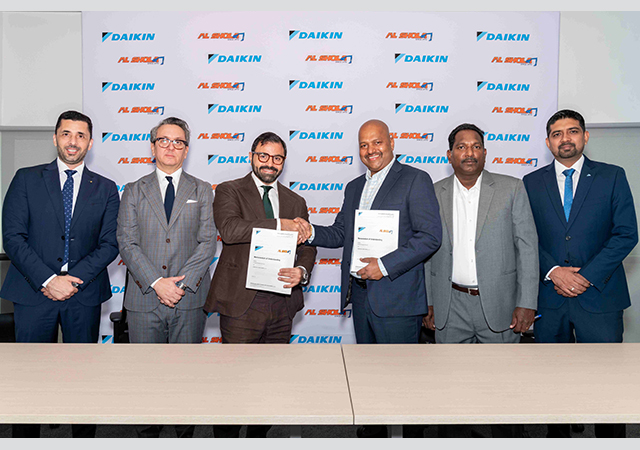


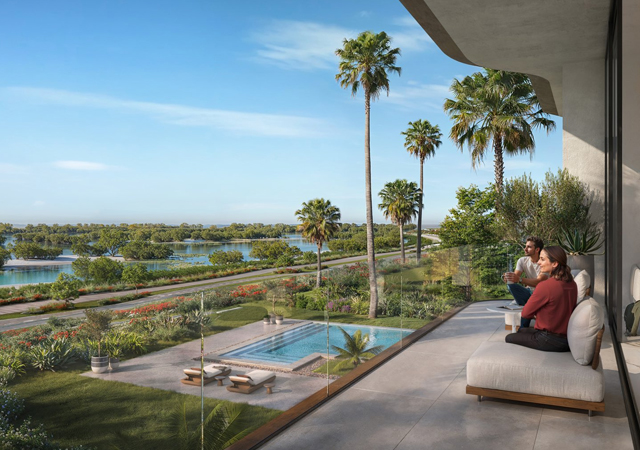
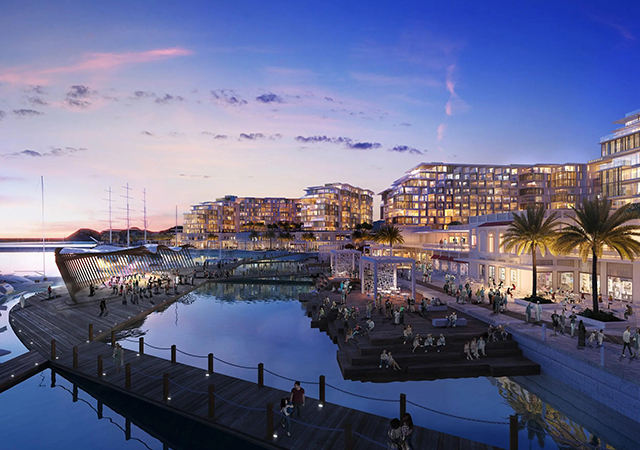
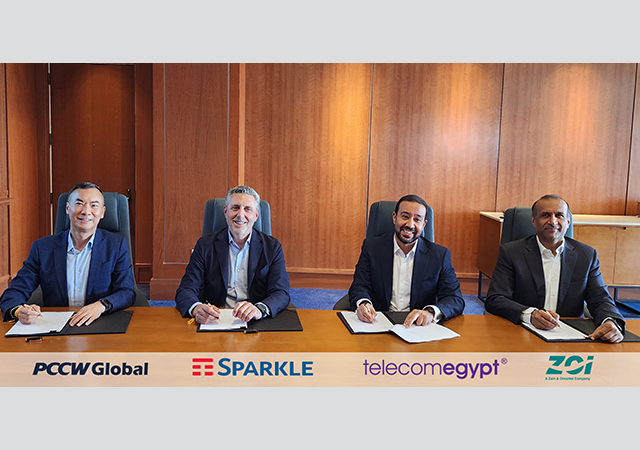
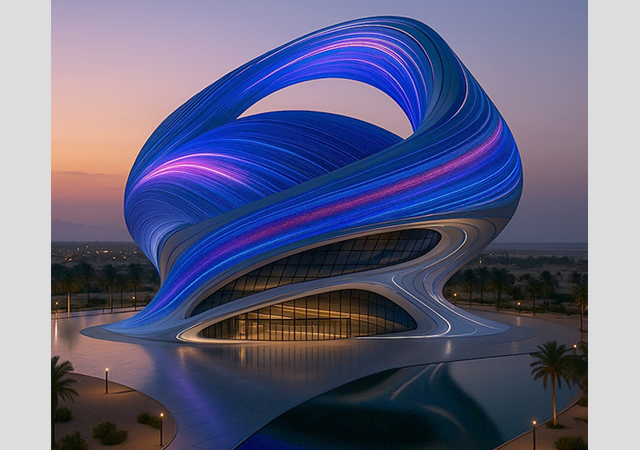
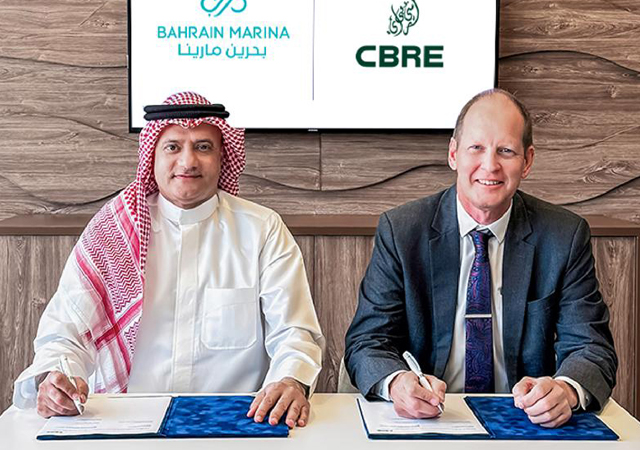
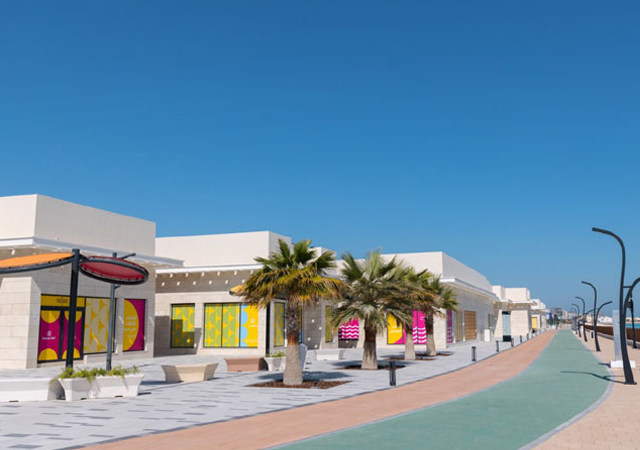
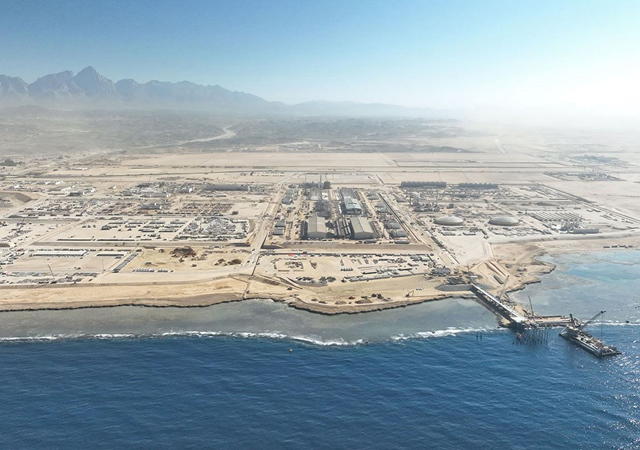
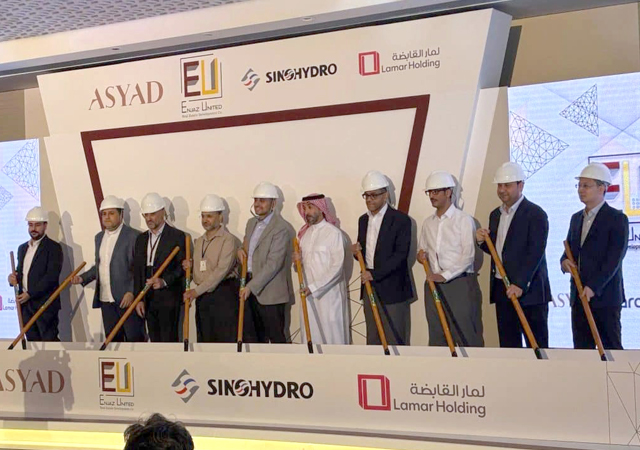
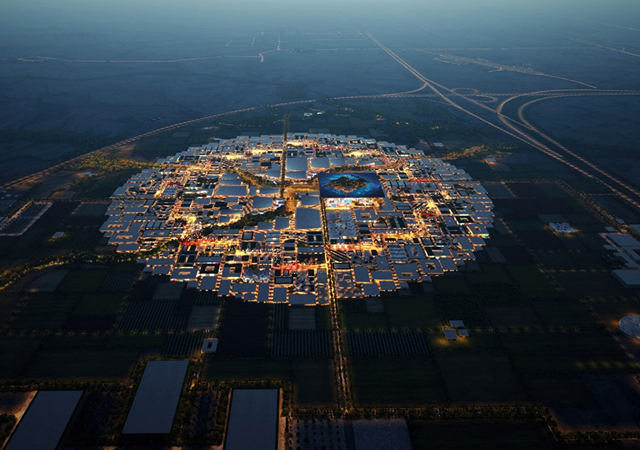
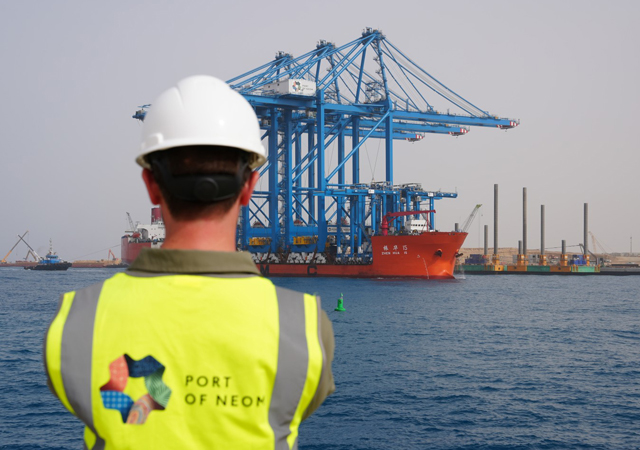
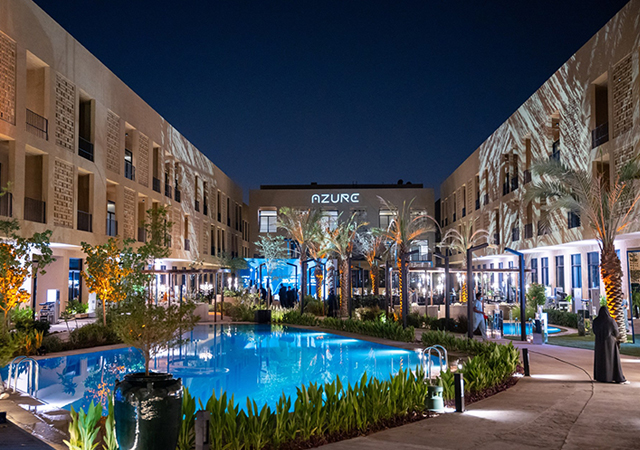
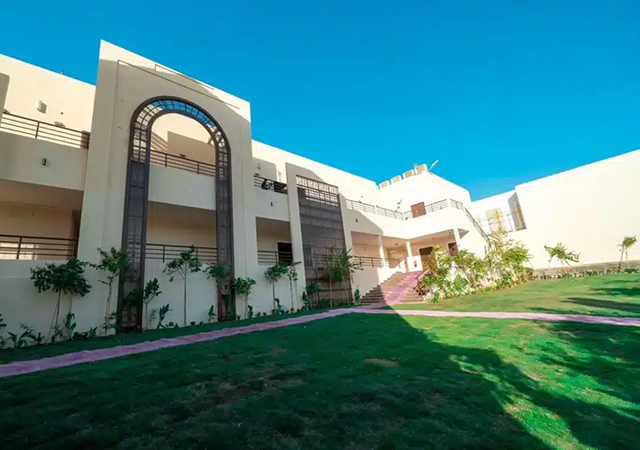
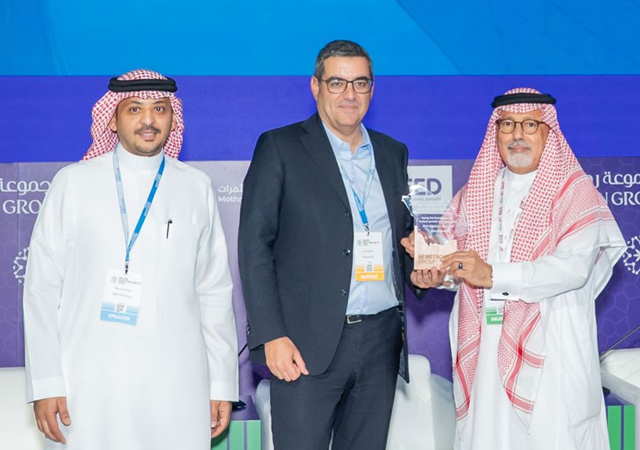
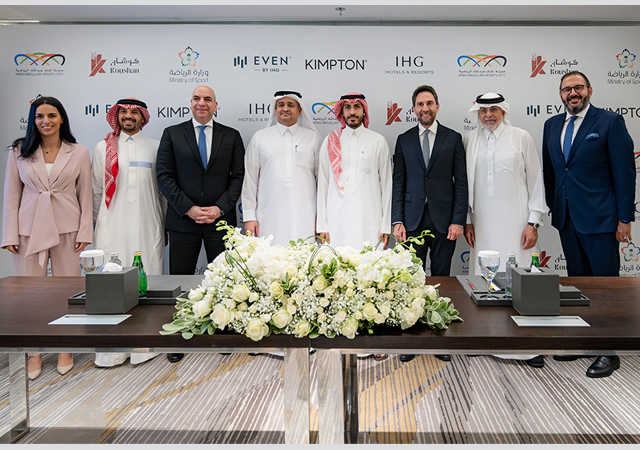
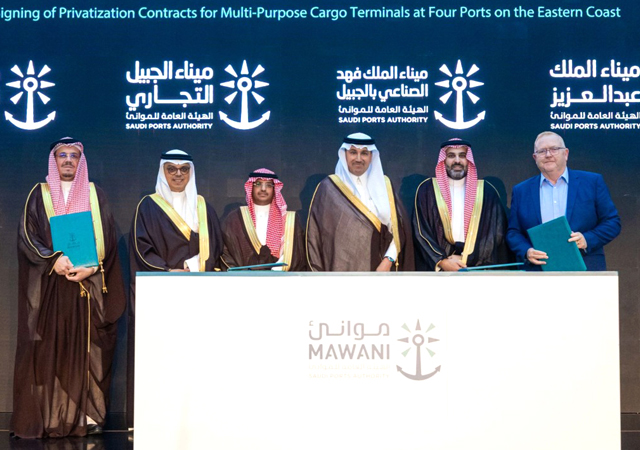
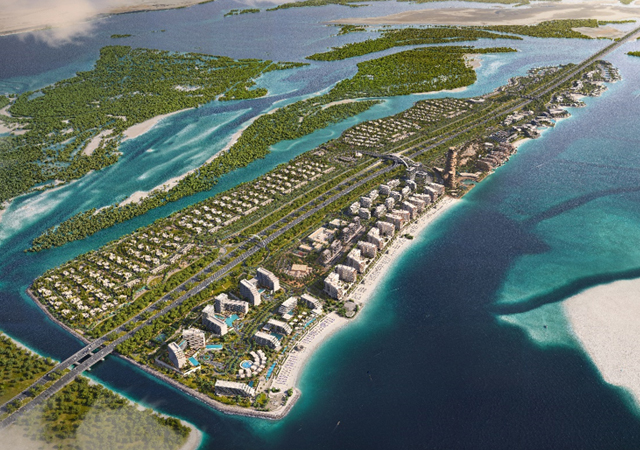
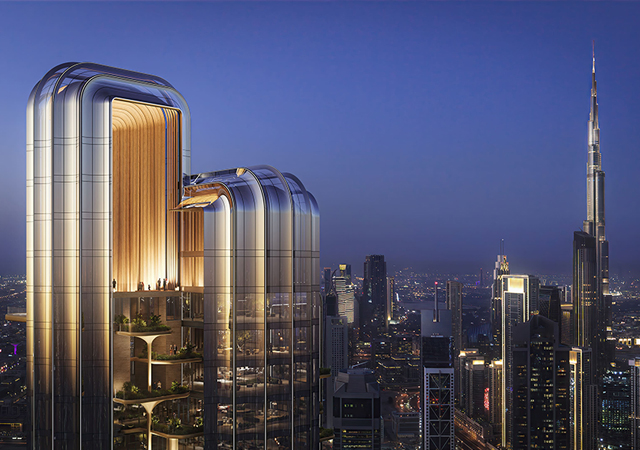
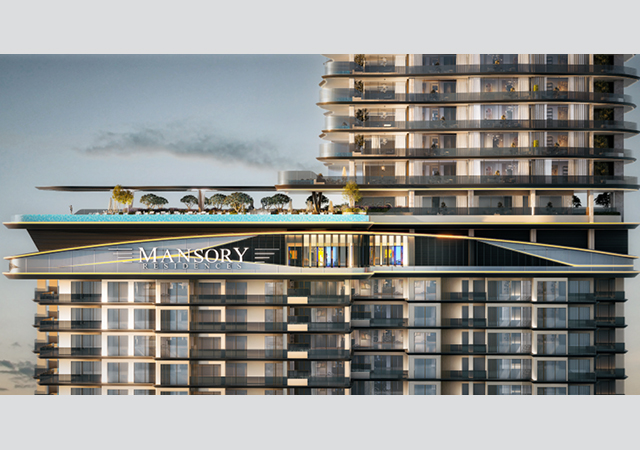
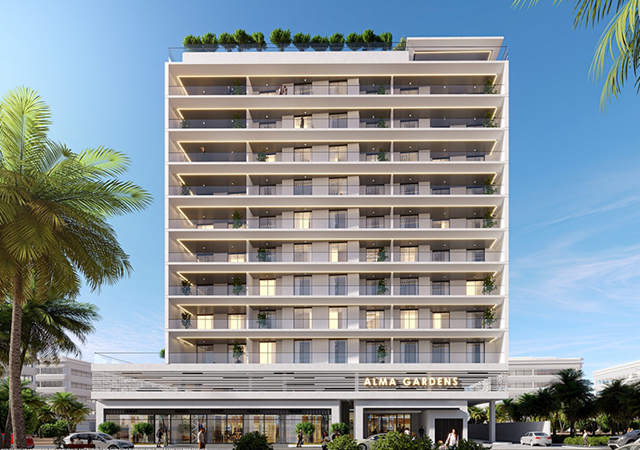
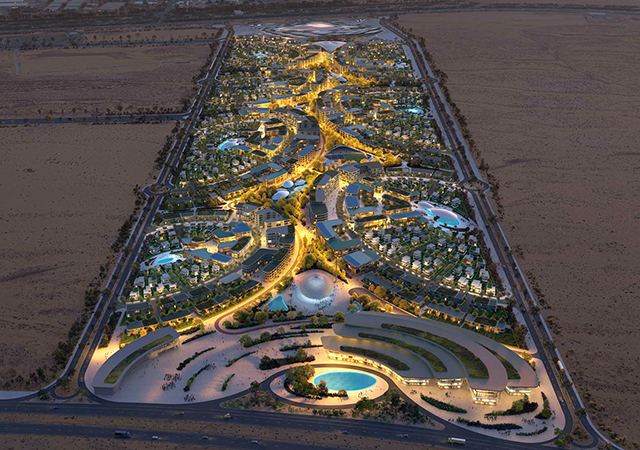
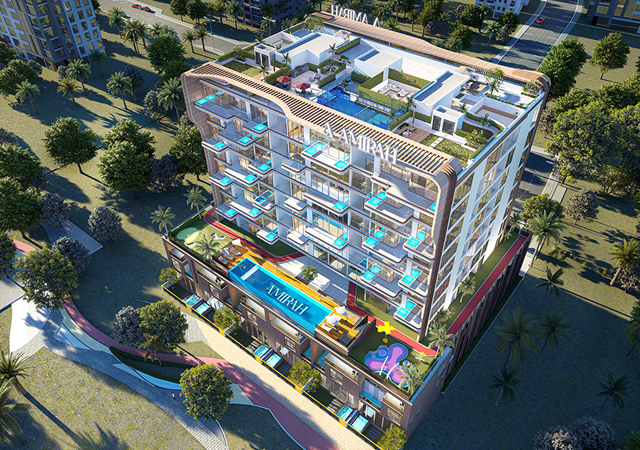
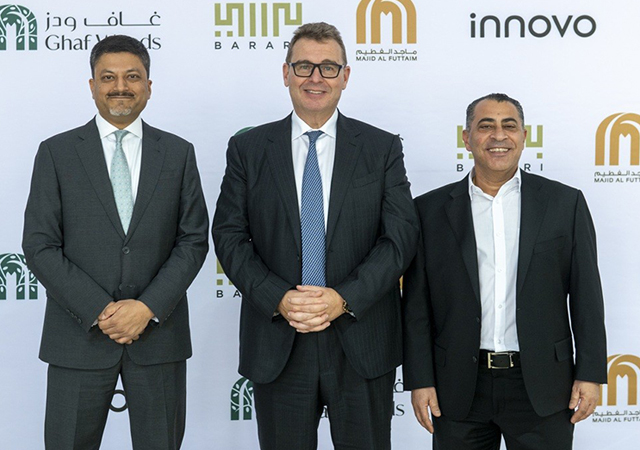
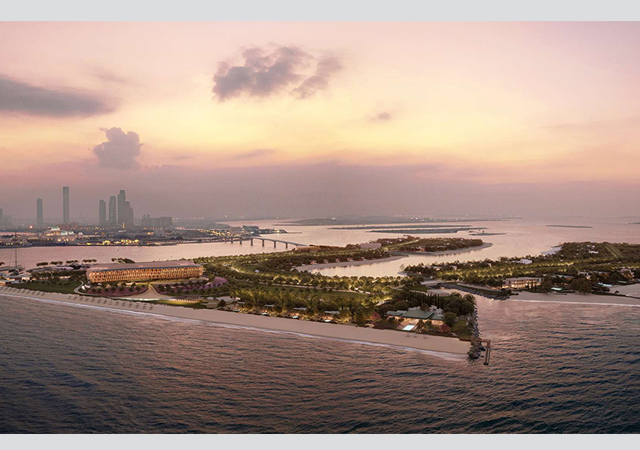
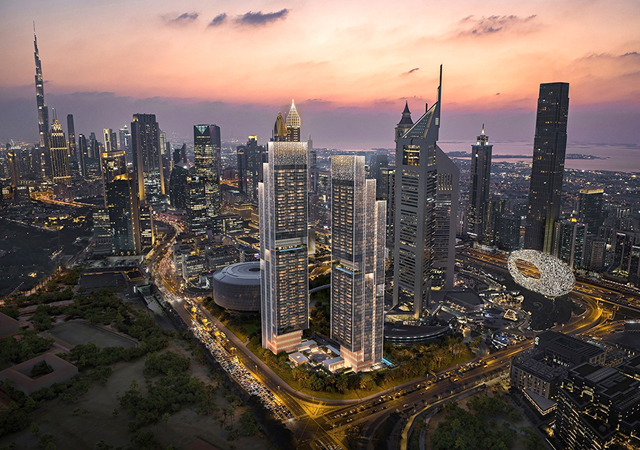
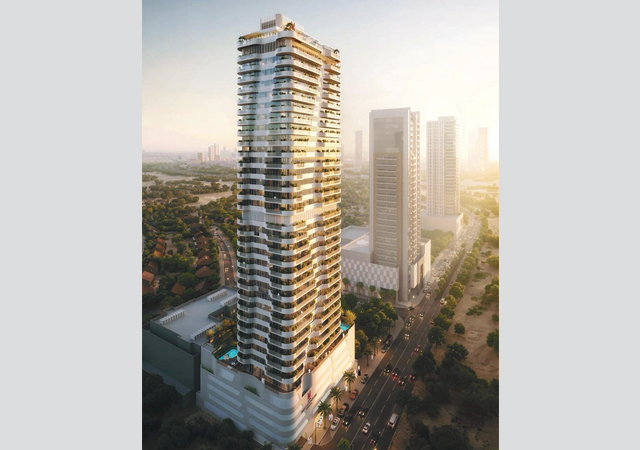

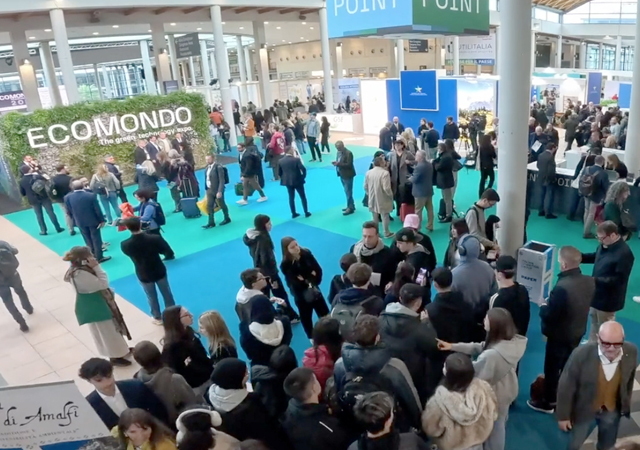
.jpg)







